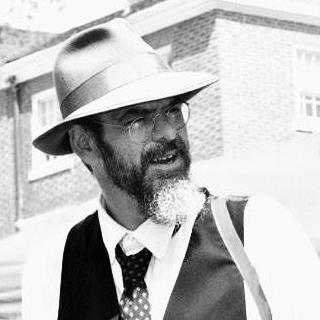
For nearly a year, it lay waiting.
Half-covered by rank grass, half-shaded by the scrub oaks and desperate pines, shielded from traffic by little more than a half-hearted blackberry bramble and a ditch, the jonquil has been waiting. It survived a late freeze, then a blistering summer, plus a fall and winter of unnatural rain that drowned lesser plants. Other bulbs have been rooted out by hungry wild things or washed away by the seemingly never-ending rains.
But this one held on, waiting.
I spotted the jonquil the other day as I was tangled in one muddy errand or another; the stems that will become flowers were poking tentatively through the dead brown litter, the bones of last summer’s green grass and weeds, worthless now except as nesting material for soggy survivors of rabbits and protection for the first growth of spring.
Not far away, its cousins the daffodils have fared slightly better. A half-dozen of the green stalks are peeking through the soil to see if the coast is clear, waiting for the moment they can wave their butter-yellow banners in defiance of a winter gone.
The two flowers often seem to compete when it comes to announcing, sometimes prematurely, that spring is coming. I am sure God designed those first stalwart flowers to begin to bloom in February, not an apology (because His ways are perfect) but as a reassurance, a light at the end of a long, cold, muddy tunnel.
I am no green thumb, by any means, nor will I ever spend hours tending and pruning flowers. I’m happy for those folks who can and do, and I appreciate their efforts, but I have always been too restless to spend much time nurturing plants I cannot eat. Yet that does not diminish my appreciation for the first flowers of the year.
If nothing else, I like jonquils and daffodils because they are fighters. I have too often related how I once had a yard that had far more flowers than grass. Uncle John, as he was known, was a no-nonsense fellow who barely tolerated his wife’s love of flowers. He felt like the flower beds were a waste of good soil that could be better used growing vegetables (although his wife, Aunt Mary, had a garden that fed the family throughout the dark cold months.)
A short time before Aunt Mary’s death, Uncle John purchased a new tractor, one of the first in his mule-driven neighborhood. Not long after her funeral – a scandalously short time, or so I was told 60 years later – he used his fancy new cleat-tired tractor and disc to grind those flower beds into oblivion. I reckon we all mourn in different ways.
Uncle John worked himself into a frenzy eliminating azaleas, irises, roses, tulips and other flowers that served no purpose except to provide a little beauty. He wasn’t really mean, I was told, but he just saw them as impractical.
Aunt Mary’s progeny didn’t give up that easily.
The next year, instead of neat beds of daffodils here, and a few jonquil-ringed trees there, Uncle John was confronted one day with a yard full of flowers. Daffodils and jonquils don’t shy away from a fight, you see. The bulbs cut by the disc simply turned into additional bulbs, which in turn produced more flowers, albeit now without rhyme nor reason.
No problem. He once again fired up his tractor and once more, plowed his yard into oblivion – only to see even more yellow and white flowers the next spring.
I’m told he gave up the battle after the third year, when fuel costs in the Great Depression made it impractical to try to destroy even the most impractical of flowers. By the time I rented the house, decades later, the flowers were somewhat under control, but there still seemed to be more flower stalks than grass stems.
I have seen the banks of yellow and white in the strangest of places – one expects to find them running riot on old forgotten farmsteads and in front of sad old lonely homes, but I’ve seen them along disused railroad tracks that I had no business exploring, along the edges of paved parking lots where there was virtually no dirt, and even on the grounds of a factory that was closed down due to the chemicals spilled for so long that not even a stalk of billy-goat grass dared take root.
Were my waders and back in better shape, and the swamp in question not a hurricane-spun nightmare, I could lead you to a beaver slough where just enough dirt had gathered on a fallen tree and just enough sunlight broke through the cypress canopy to allow a single-file line of daffodils to stand in stark relief over a blackwater beaver pond. How they got there, I don’t know, but when they made their home on that old tree, they were there to stay.
I’ve seen them rearing their heads in defiance through ice and snow that rose three-quarters of the way up their stems, as well as ones like my stubborn little friends who were covered with water for much of the past year.
February, indeed, this entire winter, has seemed worse than usual. Between the political upheaval, the shrieking sissified saints of the cancel culture, the pandemic, and the neverending rain, it’s been hard to find something to look forward to, even as we approach March, the Month of Promise, the Moon of Fat Worms and Time of Greening Grass.
But there beside the track the other day, I saw the first of many signs that God does still reign, and that his promise of spring will still be kept.
When Jesus Christ was reassuring his followers not to worry, he spoke of how the lilies of the field far outshone even Solomon’s grandeur. If God would give such beauty to something that would last but a few days, Christ said, then wouldn’t he take care of his faithful?
If the Savior had been around these parts, I think He could just as easily described the daffodils of the ditchbank. I know they reassure me, anyway.

























